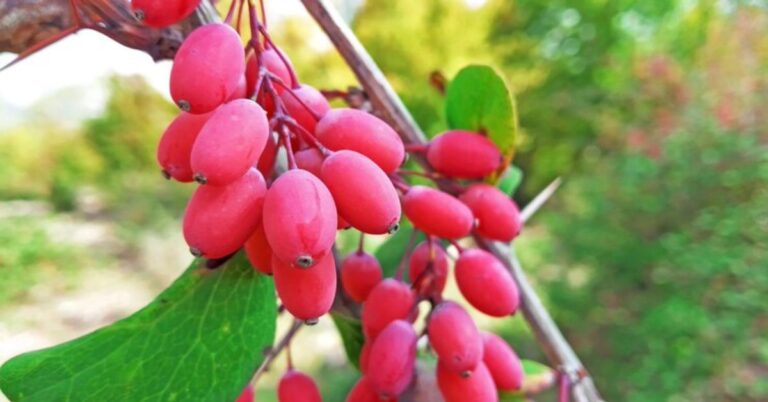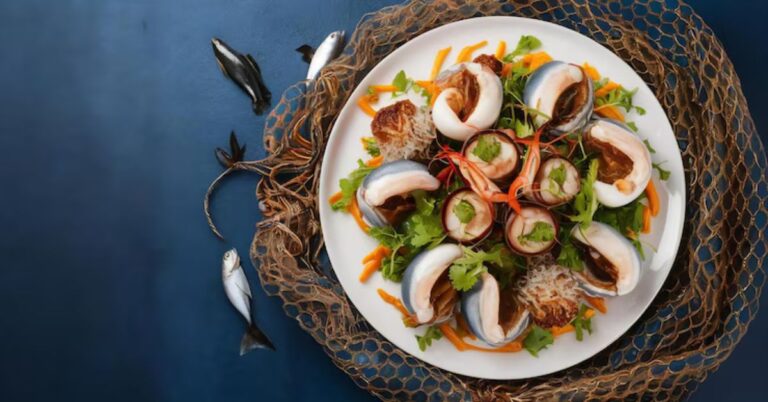Top Skills You’ll Learn in Pastry School
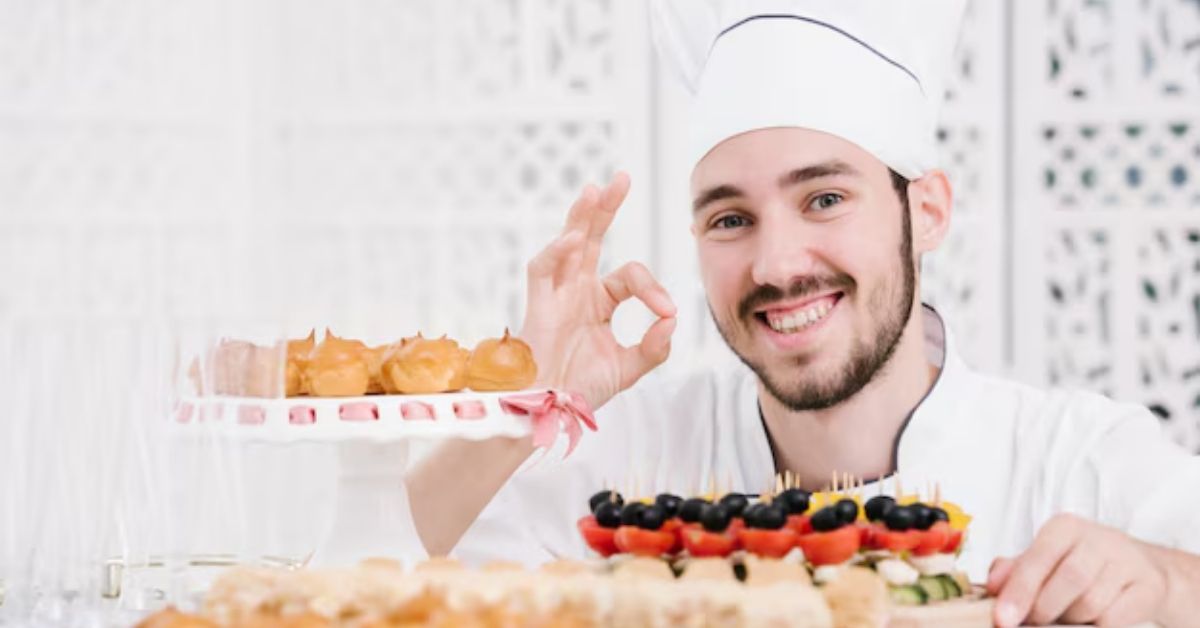
A career in pastry and baking arts is both an art form and a technical craft that requires a unique set of skills. Whether you dream of opening your own bakery or wish to become a pastry chef at a high-end restaurant, attending a professional pastry school can provide the foundation needed for success. At these institutions, students learn a wide array of techniques ranging from classic to contemporary styles. Mastery in this field goes beyond simply following recipes; it’s about understanding the precise science and art that create perfect pastries every time. Below, we delve into the crucial skills that are honed in pastry school.
Mastering the Art of Baking and Pastry Fundamentals
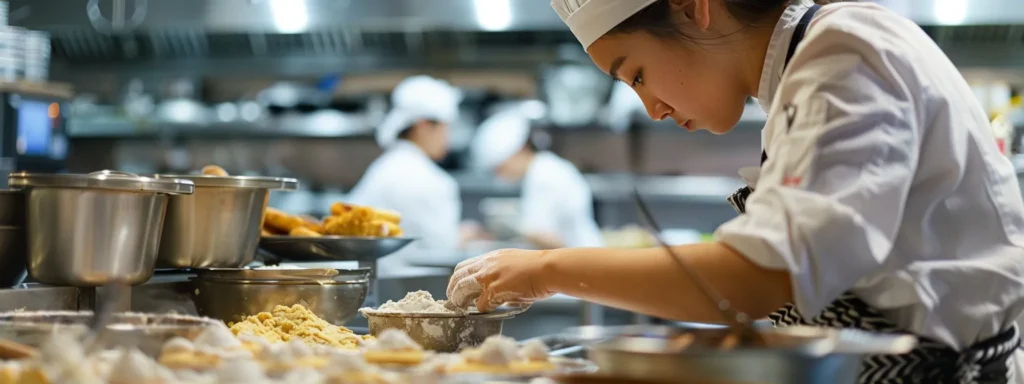
The journey into the world of pastries begins with mastering the basics. In pastry school, you learn the fundamental techniques that form the backbone of all baking, such as measuring, mixing, proofing, and baking. These primary skills are essential since even a small mistake can drastically affect the outcome of your baked goods.
Moreover, the fundamentals encompass an understanding of ingredients and how they interact with one another. You’ll explore the roles of different flours, fats, sweeteners, and leavening agents, and how alterations can alter texture and taste. This knowledge is pivotal in ensuring consistency and quality in every creation.
Students in pastry programs also delve into various types of doughs and batters, from laminated dough used for croissants to choux pastry for éclairs and cream puffs. The practice helps refine your technique until it becomes second nature. Perfection in these basic preparations paves the way for more advanced and specialized pastries.
Recipe development and innovation are also part of the curriculum. Understanding how to build on the essentials allows you to create unique recipes and adapt classic ones to reflect current trends or personal styles. It is this combination of tradition and innovation that can set you apart in the pastry world.
Developing Precision in Pastry Decorating and Presentation
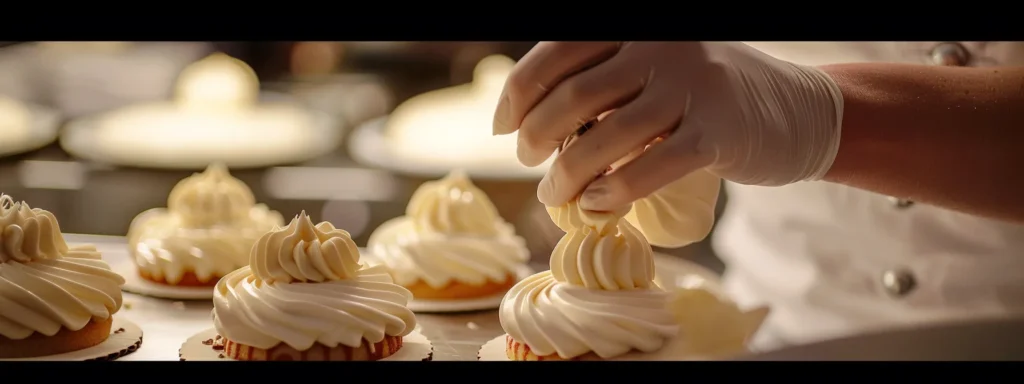
Impeccable decoration and presentation are the hallmarks of a skilled pastry chef, turning each dessert into an edible art piece. Pastry school hones this creative skill, equipping students with a steady hand and an eye for design. It teaches the intricacy of decorating techniques, including piping, fondant work, and chocolate tempering for garnishes.
Significantly, precision in decoration extends to the tidiness of work areas and the final presentation of dishes. As a student, you’ll be expected to demonstrate finesse and attention to detail, and skills that are essential when creating pastries for high-end establishments or for impressing potential employers.
Attention to current trends is also critical. Customers are always looking for the next captivating visual aspect in pastries, be it through inventive plating or novel decoration concepts. As you experiment with different decorating styles, you develop a portfolio of designs that prove your capability to produce visually stunning desserts.
Additionally, sustainability and ethical considerations are now more important than ever within the culinary arts. This means that the use of natural colorings and eco-friendly decoration materials is integrated into the curriculum, promoting responsible practices among the new generation of pastry chefs.
Embracing the Science of Chocolate and Confectionery Techniques
For many, the art of working with chocolate and confections is the most alluring part of the pastry world. In pastry school, you are introduced to the precise science behind tempering chocolate, a crucial skill for crafting glossy and crisp confections. Understanding the tempering process ensures that the final chocolate products have the perfect texture and snap.
The versatility of chocolate and candy also offers a vast arena for creativity. Students learn various casting, molding, and sculpting techniques to create an assortment of shapes and designs. This expertise allows for the addition of personalized touches to confections, elevating the overall appeal and individuality of the treats.
Beyond that, confectionery courses also incorporate lessons on pairing chocolates with various ingredients, such as fruits, nuts, liqueurs, and spices. These combinations can result in an expansive portfolio of gourmet chocolates and candies, showcasing a proficiency in both the science and sensory aspects of chocolate work.
The comprehensive training provided by pastry school equips aspiring chefs with a diverse range of skills, from culinary artistry to business management. Overall, the education lays the foundation for creativity and innovation in the kitchen while grounding students in the practical aspects needed to excel within this competitive industry.



